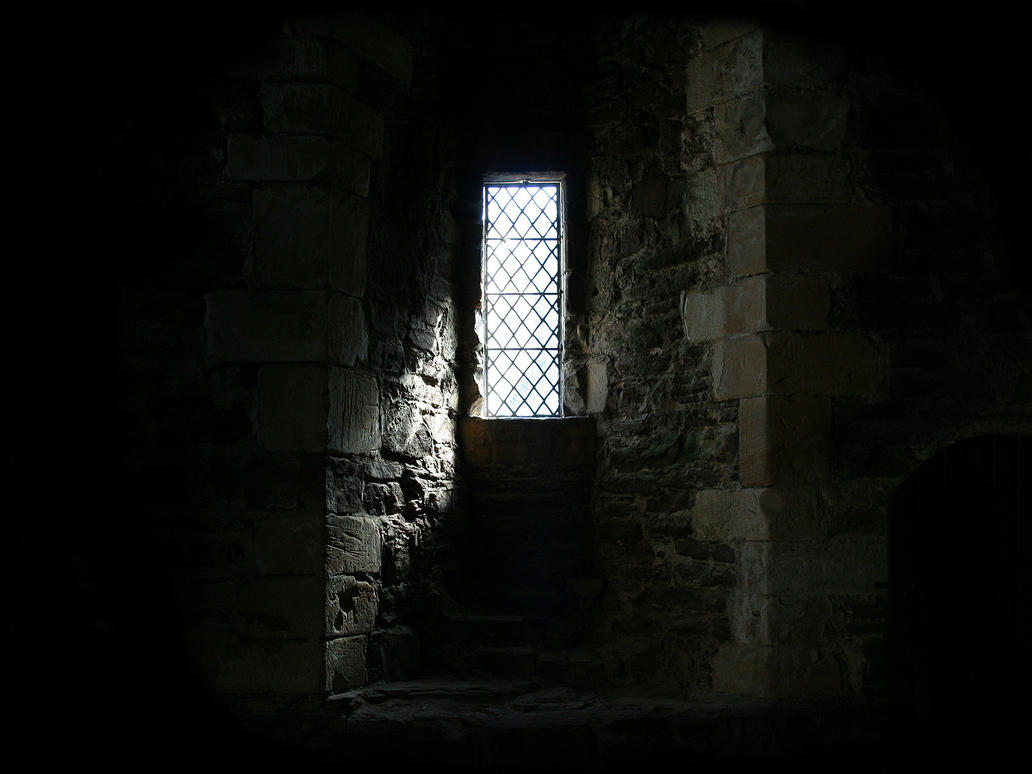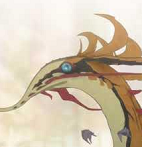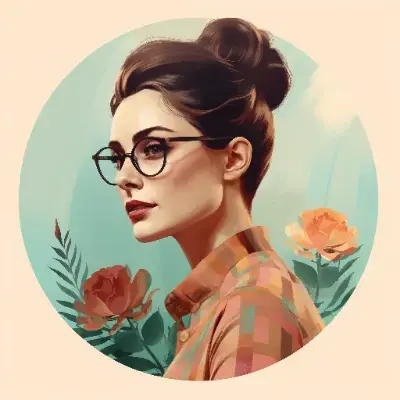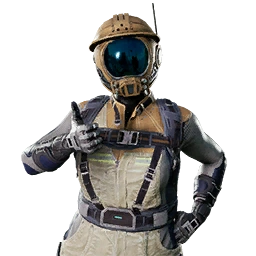To me, It depends on the shade of purple
Yes.
Purple is not a single color. Maybe a spectrum analysis could answer this for a given instance of purple, but that’s not my area of knowledge.
Specifically, purple is not a wavelength, unlike red(s) at ~700nm and blue(s) at ~400nm.
Purple is what human eyes see when the blue and red cones are both stimulated by their respective colours of light.
I like that some people are so confident in their incorrect understanding of something that they’ll downvote the correct answer.
What you said is correct.
Urgh, I go to sleep, wake up, read soooooo much awful wrongness.
Thanks for the vote of
confidencefact.
Nope. Purple is a wavelength that partially triggers both the red and blue cones.
The visual spectrum is continuous, not just three wavelengths corresponding to the three cones.
The blue cones and the red cones are stimulated by purple light. It’s a mix of blue and red signals from the retina, but the light is a single wavelength that is actually purple.
No, purple is a non spectral colour meaning it is incorrect to call it “a wavelength” but rather you say it is a perception of multiple wavelengths. Not that this is special, pretty much everything you see is a non-spectral colour.
You would think this is true, but it isn’t.
This is the best in depth scientific explanation here, and deserves more upvotes. Thanks, was a nice read!
Purple is a green wavelength that doesn’t trigger the green cones in your eyes.
It is made up by your brain.
Exactly
So what would be the color created by a wavelength of 550nm?
Green or something
Ohhh, I think I get it.
Purple is what you get when you force the visible light spectrum into a wheel, so there’ll be something that “connects” blue with red?
If so, is the reason we perceive green as a different color than purple is because we have receptors for that specific wavelength, otherwise both colors would affect our red and blue color receptors similarly?
Essentially, yes. Although violet is a colour, and that does correspond to a wavelength of light. I’m not really sure where violet ends and purple begins.
Looks like this guy has had a crack at explaining the difference, though.
Cool. Thanks
Right, indigo is a color (~425nm), violet is a color (~400nm), purple is typically a blend of colors.
See more: https://www.sciencelearn.org.nz/resources/47-colours-of-light
Fun fact: blends of colours are also colours.
Nu uh!
Okay, poor choice of words by me. Wavelength color vs what the eyes see.
No worries, sorry for the snark. I find colour fascinating, like, when you dream of a purple dinosaur that’s colour without any light at all.
“Would you consider the middle to be closer to one side, or the other?”
obviously it is D-flat C-sharp sucks.
That’s kind of like saying if 1 is 0 + 1 or 2 - 1
Depends on the shade! There are warmer purples that are closer to red, and cooler purples that are closer to blue
Username checks out
What, you don’t create a new account with a username relevant for every comment?
Yes
All colors have cold and warm variants and can work in surprising ways when used in color compositions.
I’m not trying to be a jerk here, but what’s an example of a warm blue? I can’t imagine it.
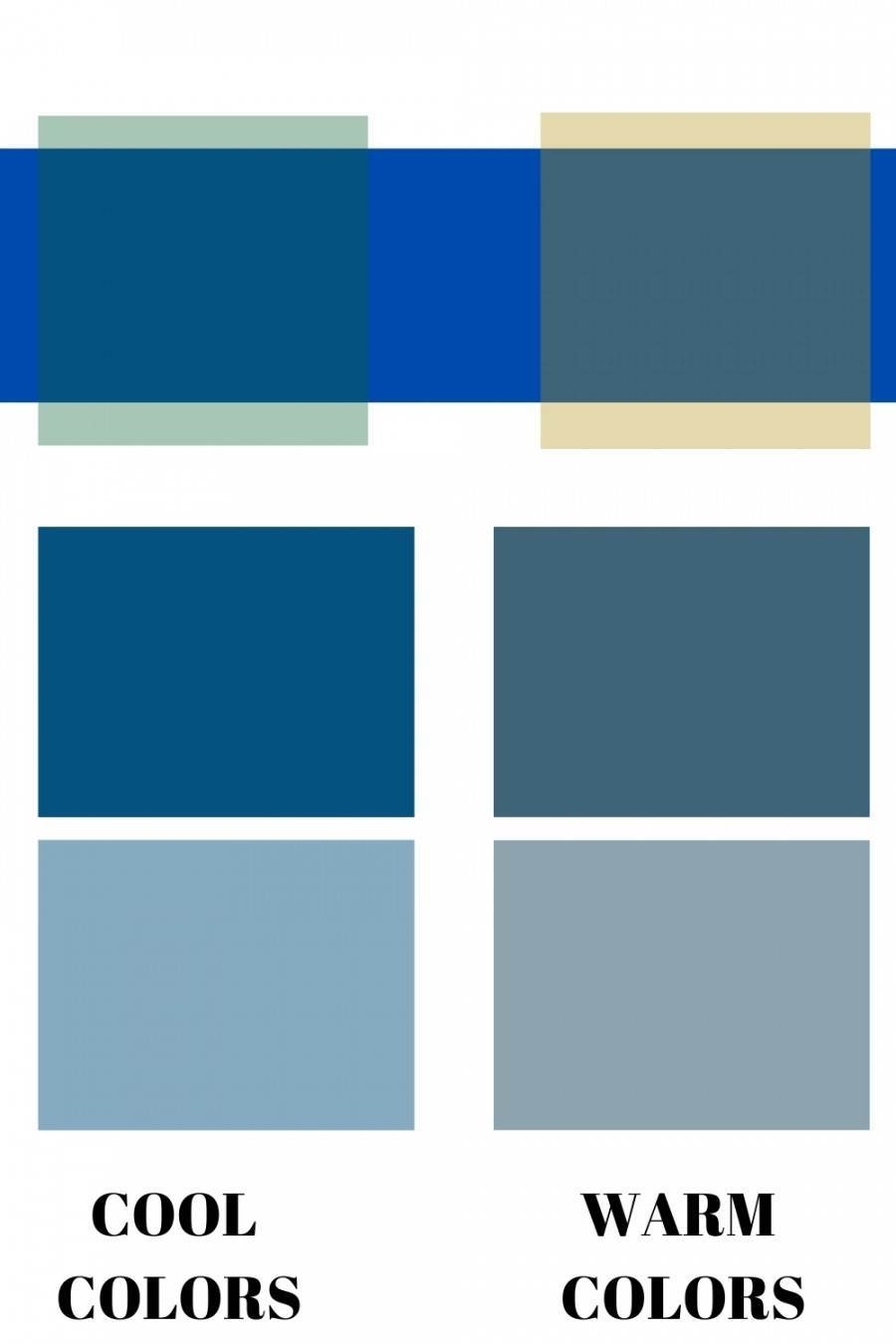
That warm blue does look cozy, in that it looks like the color that your dad’s old too-short shorts were in the 70s.
Depends on the purple
Depends on what shade of purple
Or what tint, or what hue.
It depends on the purple.
It’s anti-green
Anti yellow
It’s a different color, I consider it purple, my favorite part of the color spectrum. Purple can be made with both blue and red, but still is a completely different color. How would you consider water? Like liquid oxygen or wet hydrogen? Or just like water?
Purple is a group of colours in between of blue and red, but unlike Indigo is leaning toward red (hot).
I’m colorblind and purple is often just blue without any qualifiers.
Finally some important questions!





